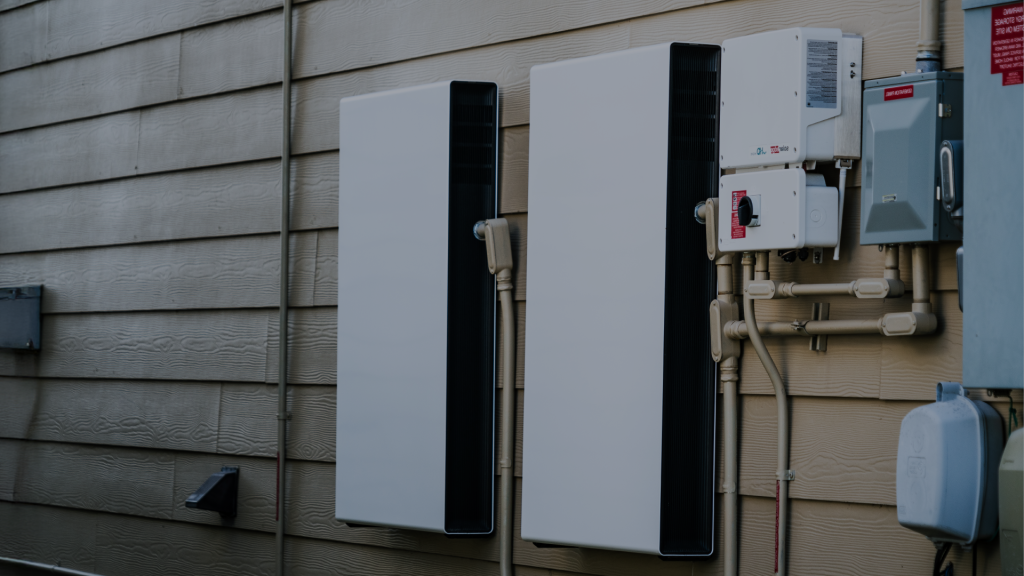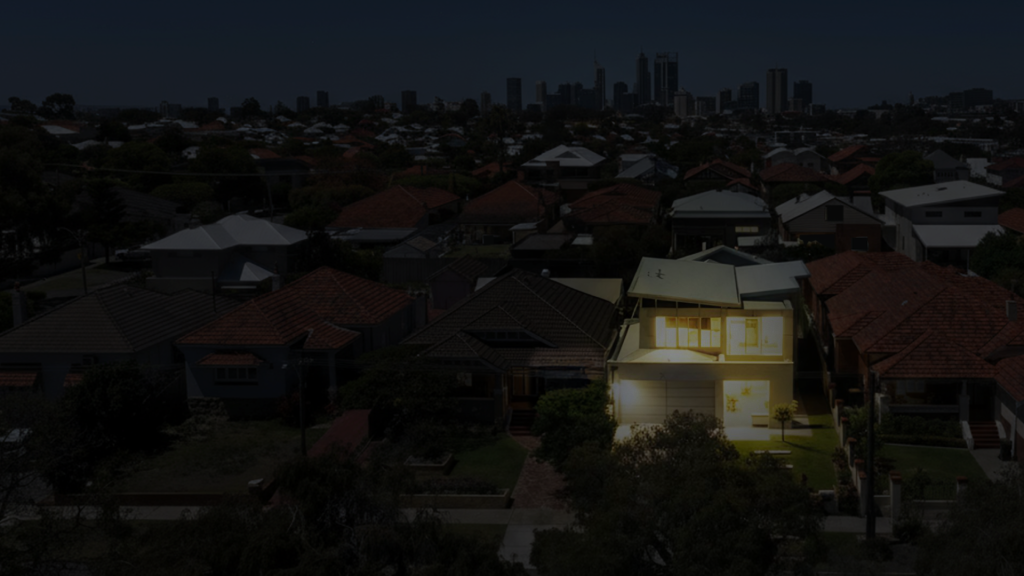Australians who generate their own solar electricity can sometimes export their excess back to the grid, receiving a payment (or billing discount) in return for their power.
But how much can you earn on this extra credit, and how does it work? Today, let’s talk about feed-in tariffs and everything you need to know.
1. What is a feed-in tariff and how does it work?
Feed-in tariffs (FiTs) may also be called export tariffs or buy-back rates. They’re fixed prices paid to solar energy producers (that’s you!) who generate enough excess energy that they export some of it back to the grid.
Usually FiTs are paid in cents per kilowatt hour (kWh), and rates at time of writing vary from zero up to around 10-12 cents. Australia’s energy providers set their own tariffs so you have to shop around to find the best deal.
2. What are the two types of feed-in tariff in Australia?
Net feed-in tariff
A net feed-in tariff is a payment for the surplus energy you export back to the grid, and this type of tariff accounts for the vast majority of energy schemes in Australia.
Any power that you generate but don’t export is used by the house or stored in your solar batteries.
Gross feed-in tariff
Gross feed-in tariffs are no longer very common. Here, you are paid for every kilowatt hour of electricity that your solar system produces and feeds into the grid, whether you consumed it or not. You’re then charged separately for the electricity that you actually used.
It’s very unlikely that you’ll come across this scheme in Australia.
3. What is the benefit of a feed-in tariff?
The primary benefit of a feed-in tariff is that it helps to reduce the overall cost of your electricity bill by essentially converting excess power into cash or billing discounts.
That said, we should point out that solar owners in Australia can usually save more on their bills by focusing on consuming as much of their own power as possible, rather than exporting excess back to the grid. If grid power costs around 25-45 cents p/kWh but the FiT only goes up to 12 cents, you can see how it’s much better to use than to lose.
- Pro tip: Are you finding that you just can’t use up all of your solar power while the sun is shining? Get in touch about retrofitting battery storage to your solar system so you can store your excess instead of exporting it.
Learn more: What is a solar battery storage system?
4. Current feed-in tariff rates in Australia
There is no average feed-in tariff in Australia as every provider offers a different set of rates. Comparing rates at time of writing, the lowest we can see is zero and the highest is around 12 cents p/kWh.
Additionally, some states have regulated mandatory minimums FiTs, though these vary heavily based on your energy provider and location – and they’re also frequently reviewed. We recommend checking with your energy network to see the current tariff rates for your property.
- Pro tip: Higher FiT rates aren’t always better. Sometimes, energy providers with better FiTs also charge higher electricity prices. When shopping for a deal, make sure to compare all of their prices to ensure you get the best deal.
5. How do I compare feed-in tariff rates before choosing an energy provider?
The best way to compare feed-in tariff rates in Australia is to find a trustworthy comparison website which has pulled them altogether in one place. That, or contact a professional solar installer for assistance.
Some price comparison brands which are generally well thought of in Australia include:
Of course, you can also do the research yourself if you prefer drawing up your own data – energy providers typically advertise their prices online, which you can find with a simple Google search (“<energy company name> feed-in tariffs <your state>”).
6. What’s the difference between a feed-in tariff and net metering?
Net metering is the use of a device, known as a net meter, to measure the amount of electricity that your home imports and exports from the grid. Put more simply, it’s an electricity meter that can run both forwards (like usual) and backwards.
A feed-in tariff is the rate at which your energy provider will pay you for any excess you export back. Net metering is how they will calculate the amount that you’re owed, which can then be paid to you or credited to your account, depending on the specifics of your FiT scheme.
7. Can you negotiate a feed-in tariff?
No, you cannot typically negotiate a feed-in tariff with your energy provider. Just like electricity prices themselves, FiTs are typically set by the company and you agree to them when you sign up for the first time.
That said, while you might not be able to negotiate you can certainly shop around. In fact, comparing providers is a great way to get a better deal on your energy bills – including both the purchase price and FiT rate.
8. Can I get a feed-in tariff if I add a battery to my solar system?
Absolutely, assuming your energy provider offers a FiT scheme. If your home generates more power than it can use or store, and you have access to such a scheme, you should have no problem getting paid for the excess.
The thing to note about having a solar battery is that you’ll likely export considerably less power back to the grid, or even none at all. Batteries help you to enhance your personal electricity usage, shrinking your electricity bills by reducing the amount of power you need to purchase.
Learn more: What to look for when buying a solar battery
Sound like a dream? Get started with solar in Australia
At Think Renewable, we have offices across the country and our experts are here to help make your solar journey as simple as possible.
Get in touch with our team and we’ll work out what type of system is right for your property, how to access government incentives and finance plans, and answer any additional questions you might have about pricing or feed-in tariffs.






